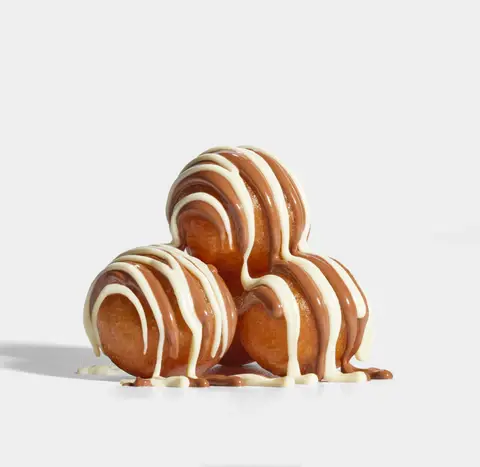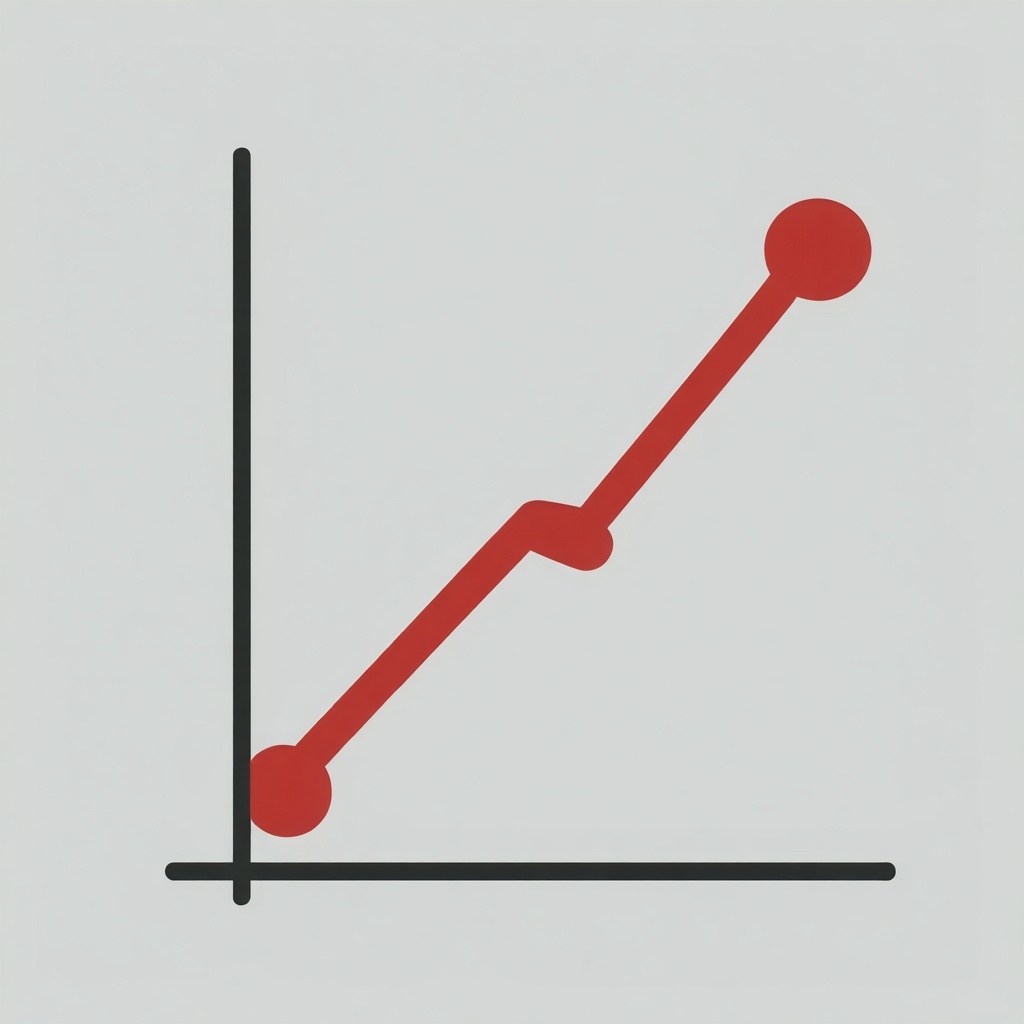3 Examples of SKU-Based Loyalty Program Promotions That Actually Worked
Today's shoppers expect offers that actually fit their interests and buying habits. That’s why more businesses are turning to SKU-based promotions. SKU-based loyalty offers the ability to create targeted promotions focused on specific products or product categories that resonate with customers’ buying habits.
If you’re new to SKU-based loyalty or want to understand why personalization is a game-changer, check out our blog on SKU-based loyalty.
In this blog, we’ll explore three examples of SKU-based promotions and what made them so successful.
3 Examples of SKU-Based Promotions
1. Mr. Puffs Spring Break Bundle
Mr. Puffs, a beloved dessert chain famous for its hot, fresh mini-puffs and decadent drinks, has built impressive customer loyalty with the help of DataCandy’s loyalty tools. Their loyalty program and app rewards members with ‘Puff Points’ for every purchase, which can be redeemed for free treats and exclusive offers.
In this example, we’re covering how Mr. Puffs mastered the art of SKU-based bundling with their “Spring Break Bundle”.
To boost sales for their new Dulce de Leche hot chocolate, Mr. Puffs offered 12 free Dulce de Leche Puffs with the purchase of two Dulce de Leche hot chocolates (plus 100 bonus Puff Points). This is a great example of how SKU-based loyalty can leverage an existing loyalty member base to increase average spend and drive larger basket sizes, while also encouraging more customers to join the program.
How Mr. Puffs made SKU-based bundles work:
- Bundled complementary products: Mr. Puffs paired Dulce de Leche Puffs with the Dulce de Leche Hot Chocolate—two items that naturally go together in both flavour and appeal.
- Highlighted new menu items: They used the bundle to spotlight a newly launched beverage, encouraging trial while boosting overall bundle sales.
- Created clear value: Mr. Puffs priced the bundle so it felt like a better deal than buying each item separately, then made it even more irresistible by adding 100 bonus Puff Points.
- Promote across channels: They advertised the bundle through their app, social media, email marketing, in-store signage, and their website for maximum reach.
With SKU-based loyalty offers like this, Mr. Puffs turns a simple add-on into a no-brainer purchase, keeping customers engaged and eager to return.
Read the full case study to see how Mr.Puff’s boosted member sales by 68% month over month.

2. Sephora’s Mystery Beauty Challenge
Known for its wide range of beauty products, personalized recommendations, and highly popular Beauty Insider loyalty program, Sephora has mastered the art of engaging shoppers both in-store and online.
One of their most creative tactics is the Mystery Beauty Challenge, a great example of using SKU-based rewards to drive both product sales and customer engagement.
Customers were given four tasks, such as buying a makeup tool, buying a face cleanser, or placing an order for in-store pickup. Customers were awarded 100 points for each task they completed, plus a bonus 100 points when they finished all four challenge tasks.
This approach encourages shoppers to explore multiple product categories while rewarding them incrementally for their participation. It’s a smart way to encourage category purchases and deepen loyalty through a fun, gamified experience.
How Sephora made SKU-based loyalty work:
- Curated cross-category challenges: Sephora selected SKUs from different beauty categories (make-up tools, face cleansers, etc.) to prompt customers to explore beyond their usual cosmetic purchases.
- Rewarded every step: They offered 100 points for each task completed, plus a bonus for finishing them all which created a sense of progression and achievement.
- Added a gamified twist: Sephora kept the challenge fun and exclusive by revealing the mystery tasks only to loyalty members who opted in, sparking curiosity and participation.
- Introduced new shopping features: They included tasks like placing an in-store pickup order to familiarize customers with convenient options they might not have tried before.
With a mix of product variety, tiered rewards, and gamification, Sephora turned a simple SKU-based promotion into an engaging loyalty experience that customers wanted to complete from start to finish.
3. PC’s Weekly Personalized Offers
PC Optimum, one of Canada’s most popular retail loyalty programs, stands out for its ability to deliver highly personalized rewards that keep customers engaged week after week. Instead of relying on generic discounts, PC tailors offers to each member’s unique shopping habits using purchase history data.
For example, a customer who regularly buys PC frozen entrées might receive an offer like: “100 bonus points for every $1 spent on PC frozen entrées”. These targeted promotions reward customers for buying what they already love, while subtly nudging them toward repeat purchases and greater brand loyalty.
By ensuring every offer feels relevant and valuable, PC Optimum keeps customers checking the app and coming back to shop.
How PC Optimum makes personalized SKU-based offers work:
- Leverages individual purchase history: PC Optimum uses detailed transaction data from their loyalty program to pinpoint each customer’s most-purchased items and build offers around them.
- Rewards loyalty to specific SKUs: They provide bonus points on products a customer buys often, making everyday purchases feel more rewarding.
- Encourages incremental spending: PC sets reward thresholds (e.g., bonus points per dollar spent) to motivate customers to buy more in a single trip.
- Rotates offers weekly: They rotate products and bonus opportunities weekly, ensuring customers open the app regularly to see what’s new.
By making SKU-based rewards personal and habit-focused, PC Optimum turns routine grocery runs into a rewarding experience that keeps shoppers loyal over the long term.

Final Thoughts
SKU-based promotions unlock powerful opportunities to engage customers in ways that feel personal and meaningful. By focusing on specific products, whether through timed discounts, bundled offers, loyalty rewards, or gamified challenges, you can drive repeat purchases, move key inventory, and increase average order value.
Implementing these targeted strategies requires understanding your customers’ preferences, leveraging your sales data, and creatively designing offers that align with your business goals. Start small, test different approaches, and watch how SKU-based promotions help you connect with shoppers and grow revenue—one product at a time.
Try our Loyalty Program ROI Calculator to see the potential impact that a loyalty program could have on your business.
